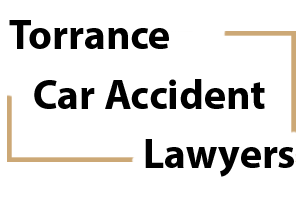Car Accident Legal Cases
Proving fault in a car accident case is essential for determining liability and ensuring that the responsible party compensates the injured party for their losses. This process involves gathering evidence, establishing legal liability, and demonstrating that the negligent actions of the at-fault party caused the accident and resulting injuries. Understanding how fault is proven in a car accident case is crucial for victims seeking fair compensation for their damages.
Evidence Collection
The first step in proving fault in a car accident case is gathering evidence to support the injured party’s claim. This may include:
- Police Reports: Law enforcement officers who respond to the accident scene will typically prepare a police report documenting their observations, statements from involved parties, and any traffic violations or contributing factors.
- Witness Statements: Eyewitnesses to the accident can provide valuable testimony regarding the events leading up to the collision, the actions of the drivers involved, and the circumstances surrounding the accident.
- Photographs and Videos: Visual evidence such as photographs and videos of the accident scene, vehicle damage, road conditions, and traffic signals can help establish how the accident occurred and who was at fault.
- Accident Reconstruction: In cases where the cause of the accident is disputed or unclear, accident reconstruction experts may analyze the evidence to recreate the sequence of events and determine how the accident occurred.
- Medical Records: Medical records documenting the extent and nature of the injured party’s injuries, treatments received, and prognosis can help establish the severity of the injuries and their impact on the victim’s life.
Establishing Negligence
To prove fault in a car accident case, the injured party must establish that the at-fault party was negligent, meaning they failed to exercise reasonable care and caution while operating their vehicle. This involves demonstrating the following elements:
- Duty of Care: The at-fault party owed a duty of care to other motorists, pedestrians, and passengers to operate their vehicle safely and in accordance with traffic laws and regulations.
- Breach of Duty: The at-fault party breached this duty by engaging in negligent or reckless conduct, such as speeding, distracted driving, drunk driving, or disregarding traffic signals.
- Causation: The at-fault party’s breach of duty directly caused the accident and resulting injuries. This requires establishing a causal connection between the at-fault party’s actions or omissions and the harm suffered by the injured party.
- Damages: The injured party suffered actual damages, such as physical injuries, property damage, medical expenses, lost income, and pain and suffering, as a result of the accident caused by the at-fault party’s negligence.
Comparative Negligence
In some car accident cases, multiple parties may share fault for the accident. In states with comparative negligence laws, damages may be apportioned based on each party’s percentage of fault. For example, if the injured party is found to be partially at fault for the accident, their compensation may be reduced proportionally to their degree of fault.
Legal Representation
Navigating a car accident case and proving fault can be complex and challenging, especially when dealing with insurance companies and legal defenses raised by the at-fault party. Seeking legal representation from an experienced car accident lawyer from a law firm like Siegal & Richardson, LLP is essential for protecting the injured party’s rights, advocating for their interests, and maximizing their compensation. A skilled attorney can assess the evidence, gather supporting documentation, negotiate with insurance adjusters, and, if necessary, litigate the case in court to ensure fair and just compensation for the injured party.
